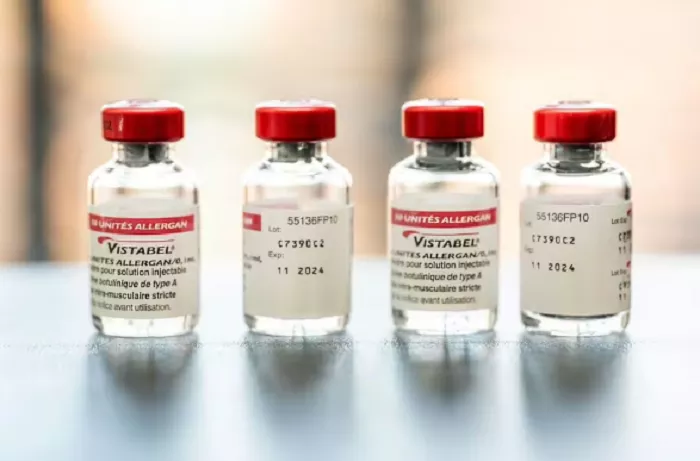The beauty industry may soon feel the effects of President Trump’s tariff policies, as rising import taxes could drive up the cost of cosmetic procedures like Botox and dermal fillers.
Plastic surgeon Dr. Sean McNally, a board-certified expert at Doctor PDX and Réviance in Portland, Oregon, says that while larger surgical procedures likely won’t be affected, injectable treatments could become more expensive. “The increase in cost will depend largely on the percentage of the tariff,” he explained.
Currently, the baseline tariff on foreign imports is 10%, but goods from countries like China are hit much harder, with rates as high as 145%. The Budget Lab at Yale reports that the average effective tariff rate for consumers has climbed to 28%—the highest level in over a century.
Dr. McNally warns that rising prices might push some patients to seek cheaper alternatives, which could carry health risks. “I wouldn’t be surprised if patients look for more cost-effective—and possibly more dangerous—options,” he said.
Injectable cosmetic procedures include popular treatments like Botox, which smooths out wrinkles, and dermal fillers such as Juvéderm and Restylane, which enhance facial volume and reduce fine lines. Hyaluronic acid is another common ingredient used to plump lips and rejuvenate skin.
These procedures have grown in popularity over the years, with celebrities like Kylie Jenner and Joe Jonas publicly embracing cosmetic enhancements. On TikTok, the hashtag #Botox has more than 1.7 million videos, showing the procedure’s widespread appeal.
Fortunately, not all injectables will be impacted equally. Dr. McNally noted that most neurotoxins are sourced from Europe, and products like Botox and Juvéderm are manufactured in Ireland and France. This means European Union tariffs could affect their pricing. However, Daxxify—a newer alternative made in the United States—may see a boost in popularity as it avoids import taxes.
As the tariff landscape continues to evolve, patients considering cosmetic injections should be mindful of where their products come from and stay informed about potential changes in pricing.
Related topics:


